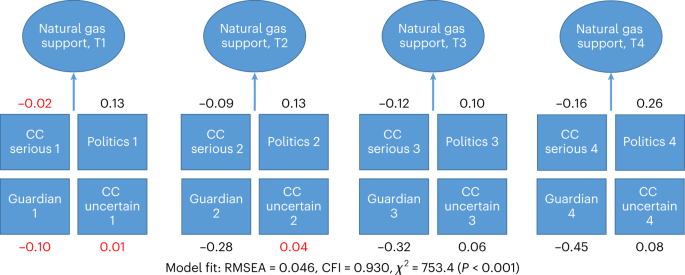これらの中間領域は、液体の水が存在する場所である可能性があります。 These in-between regions could be prime sites for liquid water
2023-03-16 カリフォルニア大学校アーバイン校(UCI)
カリフォルニア大学アーバイン校の天文学者たちは、恒星から遠く離れた太陽側と夜側を持つ「ターミネーターゾーン」と呼ばれる特別な領域内に、異星生命が存在する可能性があることを説明した。
ターミネーターは、惑星の昼側と夜側を分ける線で、液体の水が存在する「適温帯」の内側に存在する可能性がある。
これらの惑星は、相対的に太陽よりも暗い「M-矮星」と呼ばれる星の周りに存在するため、特に一般的であるとされている。これらの発見は、科学者たちが今後、生命存在の兆候を探る際に考慮すべき可能性を示している。
<関連情報>
- https://news.uci.edu/2023/03/16/terminator-zones-on-distant-planets-could-harbor-life-uc-irvine-astronomers-say/
- https://iopscience.iop.org/article/10.3847/1538-4357/aca970
ターミネーター・ハビタビリティ:M矮星における水の利用可能性が限定的であることを示すケース Terminator Habitability: The Case for Limited Water Availability on M-dwarf Planets
Ana H. Lobo, Aomawa L. Shields, Igor Z. Palubski and Eric Wolf
The Astrophysical Journal Published 2023 March 16
DOI :10.3847/1538-4357/aca970

Abstract
Rocky planets orbiting M-dwarf stars are among the most promising and abundant astronomical targets for detecting habitable climates. Planets in the M-dwarf habitable zone are likely synchronously rotating, such that we expect significant day–night temperature differences and potentially limited fractional habitability. Previous studies have focused on scenarios where fractional habitability is confined to the substellar or “eye” region, but in this paper we explore the possibility of planets with terminator habitability, defined by the existence of a habitable band at the transition between a scorching dayside and a glacial nightside. Using a global climate model, we show that for water-limited planets it is possible to have scorching temperatures in the “eye” and freezing temperatures on the nightside, while maintaining a temperate climate in the terminator region, due to reduced atmospheric energy transport. On water-rich planets, however, increasing the stellar flux leads to increased atmospheric energy transport and a reduction in day–night temperature differences, such that the terminator does not remain habitable once the dayside temperatures approach runaway or moist greenhouse limits. We also show that while water-abundant simulations may result in larger fractional habitability, they are vulnerable to water loss through cold trapping on the nightside surface or atmospheric water vapor escape, suggesting that even if planets were formed with abundant water, their climates could become water-limited and subject to terminator habitability.



